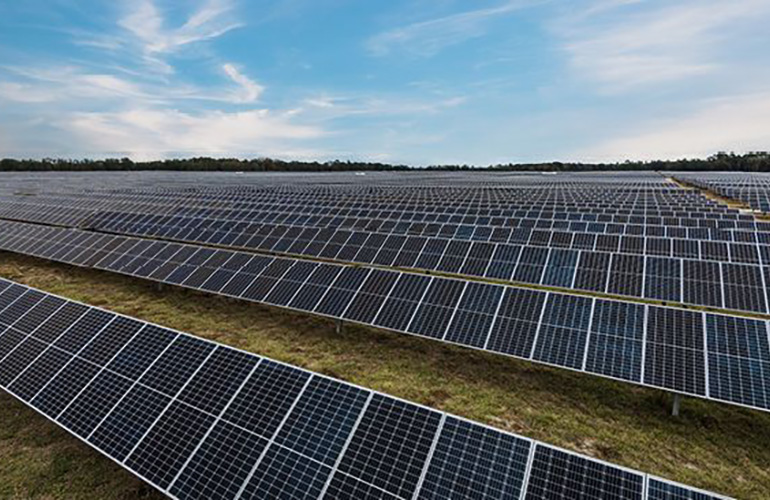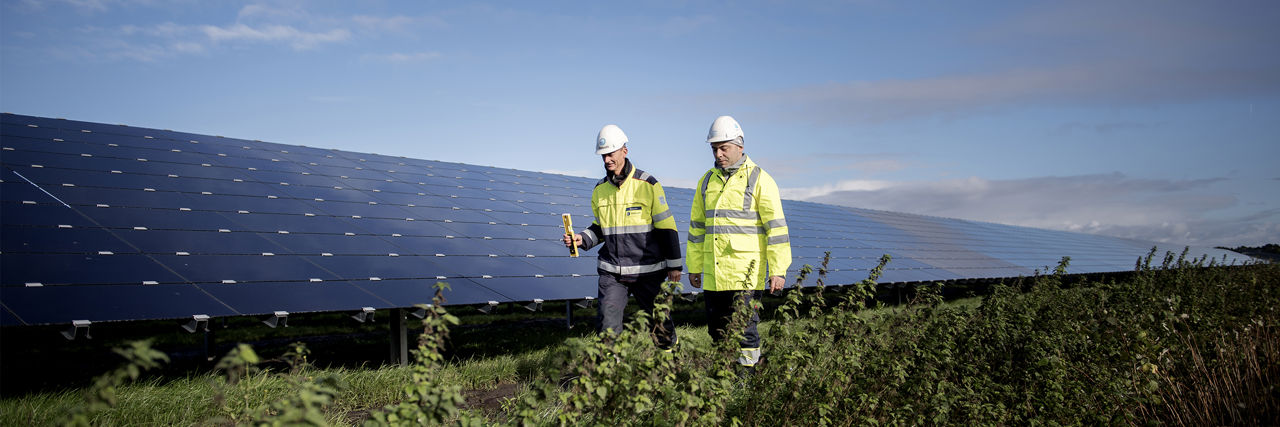In a world increasingly aware of environmental challenges, greentech has emerged as a beacon of hope. Within the realm of greentech, solar power stands out as a key player, illuminating a path towards a sustainable future. Let's delve into the intricate landscape of solar power in the USA and explore the sunlit horizons that await us.
The Current Landscape of Solar Power in the USA

Solar power adoption in the USA has witnessed a remarkable surge in recent years. With an increasing number of households and businesses turning to solar energy, the nation is experiencing a significant shift towards sustainable power sources. Government initiatives and incentives further bolster this transition, providing crucial support to individuals and entities embracing solar solutions.
Technological Advancements in Solar Power
In the pursuit of harnessing solar energy more efficiently, breakthroughs in solar panel efficiency and energy storage solutions have taken center stage. These technological advancements not only enhance the overall effectiveness of solar systems but also contribute to making them more accessible and affordable.
Economic and Environmental Benefits
One of the driving factors behind the widespread adoption of solar power is its cost-effectiveness. As technology advances, the initial costs associated with solar installations continue to decrease, making it an attractive investment. Additionally, the reduced carbon footprint associated with solar power aligns with global efforts to combat climate change.
Challenges in Solar Power Adoption
Despite the positive momentum, challenges persist in the widespread adoption of solar power. Overcoming initial costs and ensuring a reasonable return on investment remain concerns for many. Public awareness and education play a pivotal role in dispelling myths and misconceptions surrounding solar energy.
Future Trends in Solar Power
Looking ahead, the integration of artificial intelligence (AI) and the Internet of Things (IoT) is poised to revolutionize solar systems. Emerging solar technologies, such as transparent solar panels and solar paint, hint at a future where solar power seamlessly integrates into our daily lives.
Case Studies
Examining successful solar power installations provides insights into the tangible benefits experienced by businesses and communities. Real-world examples showcase the positive impact of solar solutions on both economic and environmental fronts.
Navigating Regulatory Hurdles

To ensure the smooth adoption of solar power, navigating regulatory hurdles is crucial. Compliance with permitting requirements and addressing policy barriers are essential steps in creating an environment conducive to solar energy growth.
Solar Power in Residential Spaces
A growing trend in home solar installations highlights the increasing desire of homeowners to contribute to sustainable practices. Beyond the environmental impact, residential solar solutions offer economic benefits, allowing homeowners to generate their own power.
Community Solar Initiatives
Community-driven solar projects are gaining traction, promoting collective efforts towards sustainable energy. These initiatives aim to expand access to solar power, ensuring that its benefits reach a broader demographic.
The Role of Corporations in Promoting Solar Power

Corporate sustainability initiatives play a significant role in driving the adoption of solar power. Beyond fulfilling environmental responsibilities, embracing solar energy positively impacts a corporation's brand image, fostering a sense of social responsibility.
Investing in Solar Power: Opportunities and Risks
For investors eyeing the solar sector, understanding financial considerations and mitigating risks is crucial. While opportunities abound, careful assessment and strategic planning are necessary to navigate the dynamic landscape of solar investments.
Global Perspective on Solar Power
Taking a global perspective, international collaboration for solar energy becomes apparent. Learning from global success stories provides valuable insights that can further inform and shape the future of solar power in the USA.
Public Perception and Social Acceptance

Shifting public attitudes towards solar power contribute significantly to its success. Addressing misconceptions and fostering social acceptance are ongoing efforts that require a collective commitment to building a sustainable future.
Conclusion
In summary, the future of greentech in the USA is undeniably intertwined with the sunlit horizons of solar power. As technology advances, public awareness grows, and businesses embrace sustainability, the potential for solar energy to become a dominant force in the nation's power landscape is promising.
(FAQs)
Q. Is solar power really cost-effective for homeowners?
Ans: Absolutely! With decreasing installation costs and government incentives, solar power has become a financially viable option for homeowners, offering both economic and environmental benefits.
Q. How can businesses contribute to the solar energy movement?
Ans: Businesses can contribute by adopting solar solutions, implementing sustainable practices, and participating in corporate sustainability initiatives. This not only benefits the environment but enhances their brand image.
Q. What are the key challenges in solar power adoption?
Ans: Challenges include initial costs, return on investment concerns, and the need for public awareness and education. Overcoming these hurdles is essential for widespread adoption.
Q. How can communities benefit from collective solar projects?
Ans: Collective solar projects provide communities with access to clean energy, promote sustainability, and create a sense of shared responsibility towards environmental conservation.
Q. Are there any risks associated with investing in solar power?
Ans: Like any investment, there are risks. Understanding the financial landscape, market dynamics, and regulatory changes is crucial for investors to navigate potential challenges successfully.

